 Today I have the pleasure of welcoming the lovely Kristen Kieffer from She’s Novel to the blog for an epic guest post! She’s even created a shiny workbook to help you through all info, which you can download for free by clicking here. Ready to get started?
Today I have the pleasure of welcoming the lovely Kristen Kieffer from She’s Novel to the blog for an epic guest post! She’s even created a shiny workbook to help you through all info, which you can download for free by clicking here. Ready to get started?
What’s more important: characters or plot?
This age-old question has been a source of debate among writers for decades. But let me ask you this: do characters and plot have to be exclusive? Do we have to say that one is more important than the other?
Of course not!
In fact, I’m a firm believer that it is your characters’ stories that actually make up your plot. Their actions and experiences are what drive the novel forward. To say that one is more important than the other is like saying that peanut butter is more important than jelly in the making of a PB&J.
It just doesn’t make sense!
If your characters’ actions make up the plot, then you’re going to need great characters to write a story that will keep readers turning pages. But how exactly can you craft spectacularly memorable characters?
While some factors may depend on your character’s role in the story, there are three things that every character should have. Let’s break them down, eh?
3 Things You Need to Create Strong Characters
1. A Goal
Your character’s goal is the one thing that they are trying to achieve. They believe that attaining this goal will bring them success and happiness, though sometimes what they think they want and what they actually need will be different.
Your characters need strong goals because goals are what drive them to action. They want something, and they are going to take steps to attain it. And should someone stand in their path to success, you can be sure that your character will jump into action, seeking a way to overcome their obstacles.
Simply put: by giving your characters each a clear goal, you are setting yourself up for easy plot production.
2. A Motivation
Your character’s motivation is the why behind their goal, the reason they are taking action. It’s important to give each of your characters strong motivations as well as strong goals for two main reasons.
- A) Motivations reveal who your characters are at heart. They make the good guy realistic and the bad guy sympathetic. They help readers see that your characters are more than just a role to be fulfilled, that they are indeed – in the space of your novel – real people.
- B) Some characters, such as your hero and your villain, may have the same goal. Giving each character vastly different motivations will help readers identify the protagonist and the antagonist.
3. A Personality
Having strong goals and motivations will make your characters’ actions interesting, but plots aren’t always made up of action. They also contain interactions between different characters. The ways in which your characters treat one another during these interactions will be determined by their personalities.
When crafting a personality for each of your characters, make sure to give them more than one trait. Characters who are always cheery (or angry or sad, etc.) make for very boring, shallow characters. Don’t settle for that!
Once you’ve chosen a few personality traits, decide when each of those traits comes in to play. If your character is prone to anger, what sets them off? If your character is silly, what makes them laugh? Repeat this process for each of their traits to discover exactly how your character will act in every situation they encounter.
Building Your Plot
Now that you’ve crafted strong characters, it’s time to use their stories to build a plot!
Using only the goals, motivations, and personalities of two characters in particular – your hero and your villain – you will be able to form a plot outline that you can later expand upon as you get to know your story better.
Let’s break down these eight steps to creating a basic plot.
8 Steps for Creating a Plot
1. Understand Their Goals
You know the goals your hero and your villain have, but do you what sparked their desire to achieve those goals in the first place? Was there an event in their past that introduced this desire or does something happen in the first chapters of your novel that sets them down their path?
Keep in mind, understanding what sparked your characters’ goals isn’t the same thing as knowing their motivations. For example, a character may desire to form a rock band after seeing his favorite band play in concert (that would be the spark), but he may only want to start playing music so that he can become famous (that would be the motivation).
Understanding what sparks your characters’ goals will help you establish the beginning of your novel. The spark encourages your characters to take action, setting the plot into motion.
2. Build a Plan
Your hero and your villain each have a goal, but how do they plan on achieving it? Begin to lay out what steps they would take if everything went according to plan. Of course, this plan won’t go smoothly in the end since you’ll be adding conflict to spice your story up. But knowing what paths your characters would take will help you decide what they will actually do at each major plot point.
3. Give Your Hero an Early Failure
To create riveting conflict, you’ll need to show your readers that the villain is actually quite formidable, so much so that your hero might not make it out alive – literally or figuratively speaking.
To show just how powerful your villain is, have them take a step towards achieving their goal that sets the hero back. This will be your hero’s first failure, and it will force them to change their course. Ask yourself what your hero’s next step to achieving their goal will be, and have them work towards it.
Making your villain’s strength evident as soon as possible will hook your readers in for the long run, while also serving to reveal your hero’s motivation. After all, if your hero wasn’t passionate about achieving their goal in the first place, they would probably quit after this early failure. Make sure your readers know that.
4. Put Their Personalities to Work
At this point in your plot, your hero is feeling a tad defeated while your villain is reveling in their achievement. This is where your characters’ personalities will really come into play. Ask yourself:
- How does my hero handle their setback on an emotional level?
- Does my hero need help to move forward? If so, how do they feel about asking for help?
- How does my villain react to making forward progress?
- How does my villain treat others based on their early success?
By working your responses into the plot, you’ll allow readers to get to know your characters on a deeper level, ensuring that they –and, in turn, your plot–remain interesting.
5. See Some Success
Now that you have established the villain’s power and given more insight into your characters, it’s time for them both to make some forward progress. Your hero and your villain should be working towards their goals at full-steam, and each should see some measure of success.
Their progress should definitely be hard-earned (they may even experience a few small setbacks along the way), but for all intents and purposes they are getting closer to achieving their goals. Which also means that they are getting closer to coming into conflict once again.
6. Test Your Hero
At this point in your plot, readers may be feeling pretty comfortable in your hero’s ability to overcome the villain and achieve their goal. Once again, it is time to test your hero’s mettle by making them fail.
Only this time, your hero’s failure shouldn’t be something that merely sets them back. This failure should be massive, something that makes your hero seriously consider quitting their journey altogether. The loss they experience should call their motivations into question, making them wonder if anything they have done thus far has been worth the price they have had to pay.
This not only skyrockets the tension in your novel skyrocket, but opens up the opportunity for you to give your hero some emotional development, as well as to reveal what they truly need to find success (compared to what they’ve been chasing so far).
This is also the place where readers finally get to know the most raw, vulnerable version of your hero, where their true personality becomes more evident than ever.
7. Enter the Climatic Tension
Whether your characters have been chasing individual goals or the same goal for individual reasons, this is the point where they come into final conflict with one another. And it should be epic!
Neither character should be able to take another step towards achieving their goal because the other stands directly in their path to success. As a result, someone’s dream will be completely shattered by the time the conflict ends. All of your hero’s and villain’s actions are hanging on this one final thread, and there is no turning back.
8. The Resolution
The climax is over, and it is now revealed which character will achieve their goal. But do you know how they do it? In some stories, defeating the villain will be your hero’s singular goal (or vice versa), while in other stories, defeating the villain is the last stepping stone in your hero’s path to success.
If they haven’t done so already, now is the time for your character to finally achieve their goal.
This is also the point where we learn how the action thus far had affected your character. Are they the same person in the end of the novel as they were in the beginning? Have they changed for better or for worse?
Use this last portion of your plot to wrap up your main character’s story, revealing how they finally achieved their goal and how doing so shapes the rest of their lives.
And, voila! In eight simple steps, you’ve learned how giving your characters’ goals, motivations, and personalities can help you craft a powerful and memorable plot. Do you agree that characters are the backbone of a novel? How have your own characters shaped your story’s plot?
About Kristen
 Kristen Kieffer is the creative-writing coach behind She’s Novel, where she helps writers craft novels that will endear readers, excite publishers, and launch their writing careers.
Kristen Kieffer is the creative-writing coach behind She’s Novel, where she helps writers craft novels that will endear readers, excite publishers, and launch their writing careers.









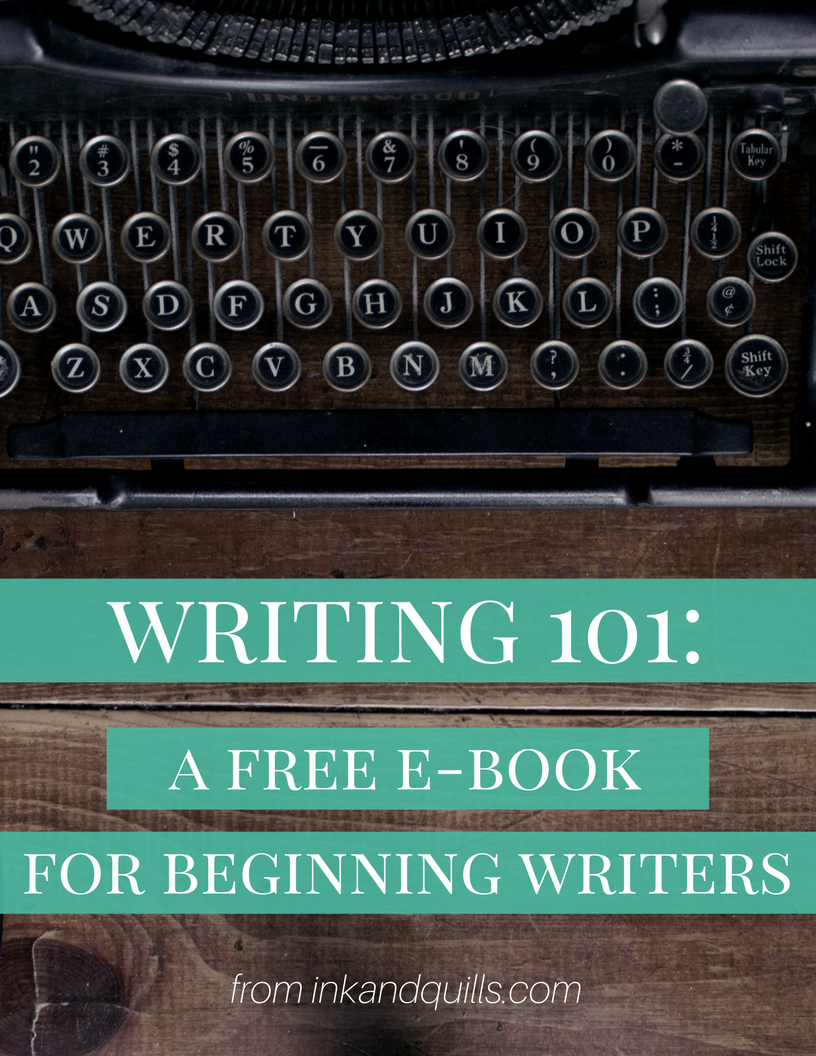

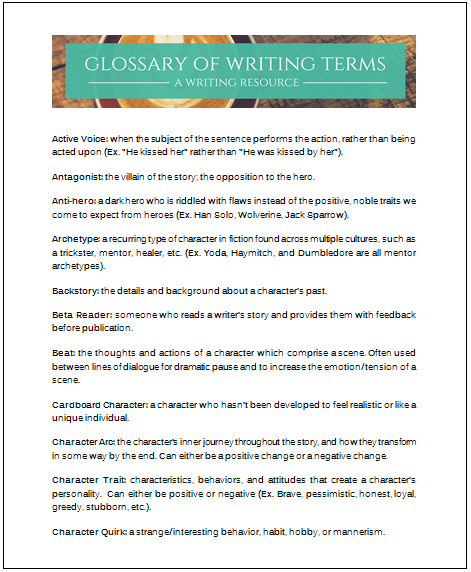

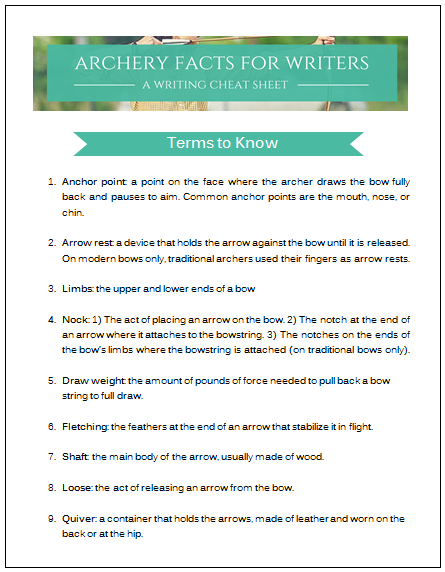



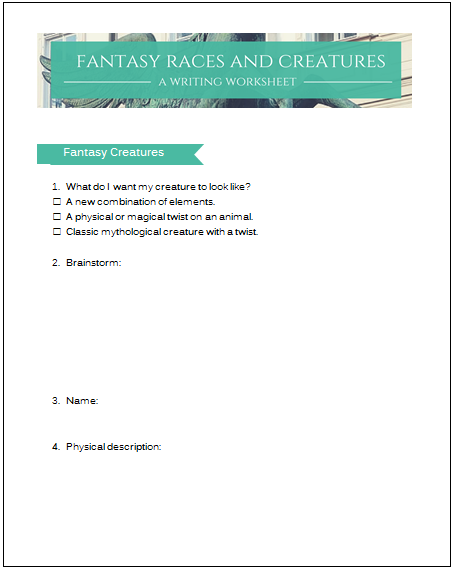




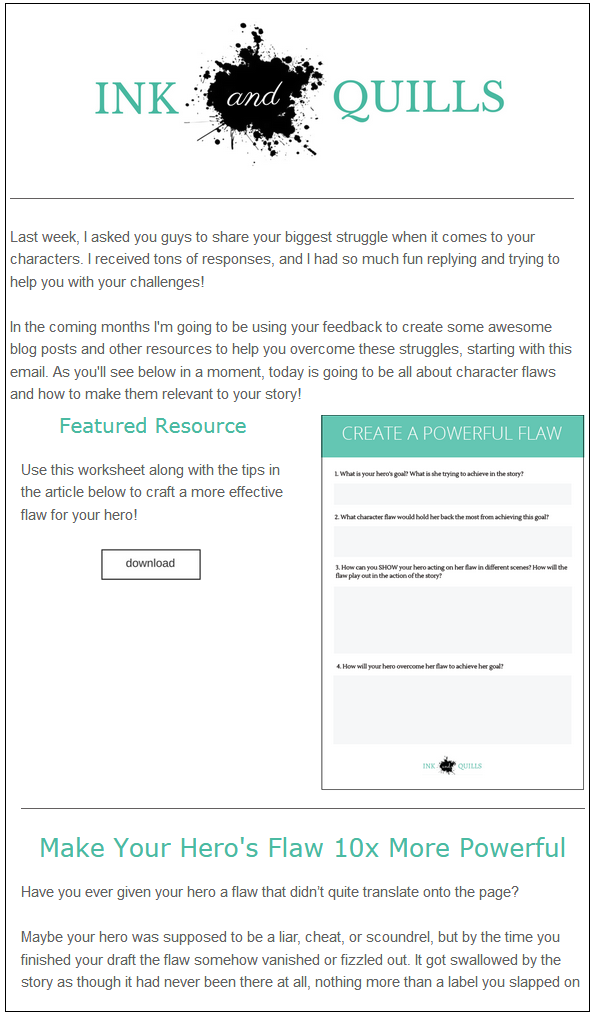
Fantastic post, Kristen! (And a fabulous choice for a guest post, Kaitlin!) I agree with everything you said here, as well as the fact that characters are the backbone of the novel. Goals, choices, and mistakes are all keys to moving a story forward and creating tension between the protagonist and the supporting characters. The trick is, to have the external plot (and the antagonist’s goal) oppose the protagonist’s goal so he/she encounters friction along the way.
Reading this reminds me that I can’t forget to discuss character goals during my Character Evolution Files series. If you’re going to build a character’s arc for the story, you need to aware of not only their false beliefs and emotional wounds, but what they want and will strive for during the story. So, thank you for that! 😉
Thanks for stopping by, Sara! Ooooh I can’t wait to read more of your Character Evolution Files! Looking forward to it 😀